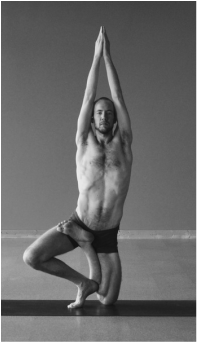|
"The Upanishads, the Bhagavad Gita, and the Dhammapada are among the earliest and most universal messages... sent to inform us that there is more to life than the everyday experience of our senses. The Upanishads are the oldest, so varied that we feel some unknown collectors must have tossed into a jumble all the photos, postcards and letters from this world that they could find, without any regard for source or circumstance. Thrown together like this, they form a kind of ecstatic slide show - snapshots of towering peaks of consciousness taken at various times by different observers and dispatched with just the barest kind of explanation. But those who have traveled those heights will recognize the views: 'Oh, yes, that's Everest from the northwest - must be late spring. And here we're south, in the full snows of winter'" (The Upanishads, introduction and translation by Eknath Easwaran).
When I read this paragraph in Easwaran's introduction to The Upanishads, especially the last couple sentences, I was overwhelmed by emotion and recognition. My eyes filled with tears. For much of my life I have felt familiar with the teachings and explanations of Eastern philosophy and spirituality regarding human consciousness. I have never been able to explain or understand my familiarity and I have always thought myself a bit of a hippie or a kook. According to this description, my familiarity must come from some sort of recognition. Something within me has experienced these things before. Could it be a past life or the universal consciousness? I don't know, and there I go sounding like a hippie yogi kook again. One of my biggest challenges as a developing practitioner of yoga is my shifting consciousness. I have fewer words to describe the experiences that are occurring within myself. And I am at a complete loss about how to explain or guide my fellow Midwesterners. Pranayama exercises are putting me in touch with the nervous system throughout my entire body. I am witnessing and experiencing more pure energy from the earth, the atmosphere and within the body. These are things for which I have no vocabulary.
0 Comments
Leave a Reply. |
This journal honors my ongoing experience with the practice, study and teaching of yoga.
My FavoritesPopular Posts1) Sridaiva Yoga: Good Intention But Imbalanced
2) Understanding Chair Posture 2) Why I Don't Use Sanskrit or Say Namaste 3) The Meaningless Drudgery of Physical Yoga 5) Beyond Bikram: Why This Is a Great Time For Ghosh Yoga Categories
All
Archives
November 2017
|


 RSS Feed
RSS Feed